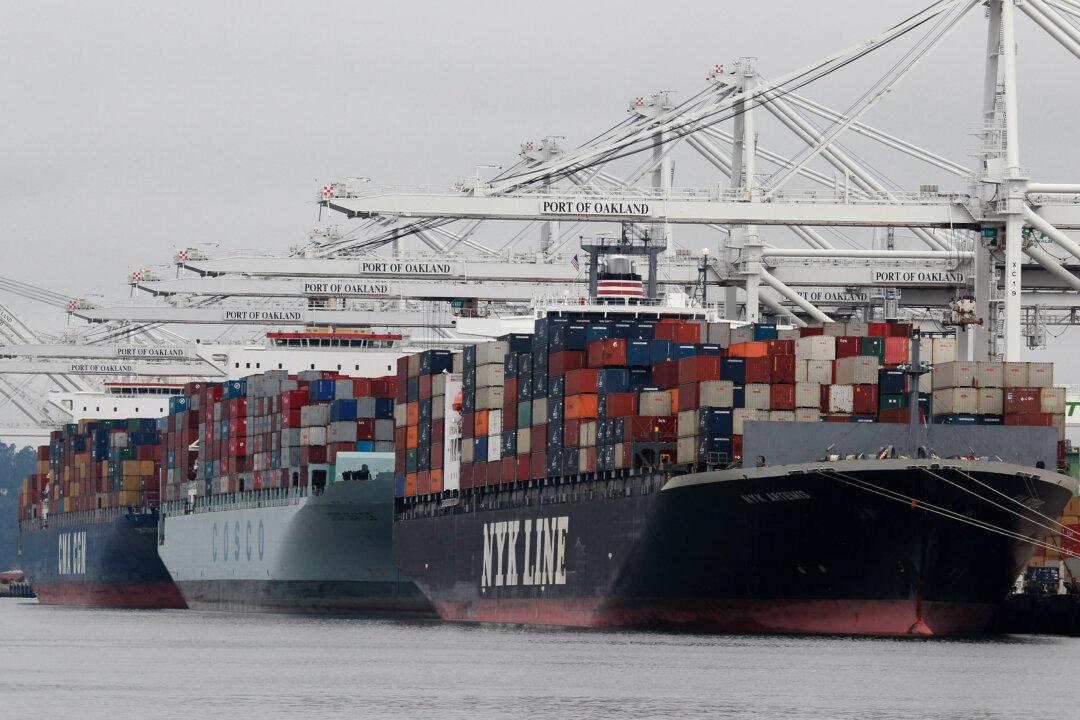News Analysis
China signed a U.S. Phase 1 trade truce just as data was about to demonstrate that its net exports contribution to domestic economic growth plunged by -7.3 percent in the fourth quarter of 2019.

China signed a U.S. Phase 1 trade truce just as data was about to demonstrate that its net exports contribution to domestic economic growth plunged by -7.3 percent in the fourth quarter of 2019.